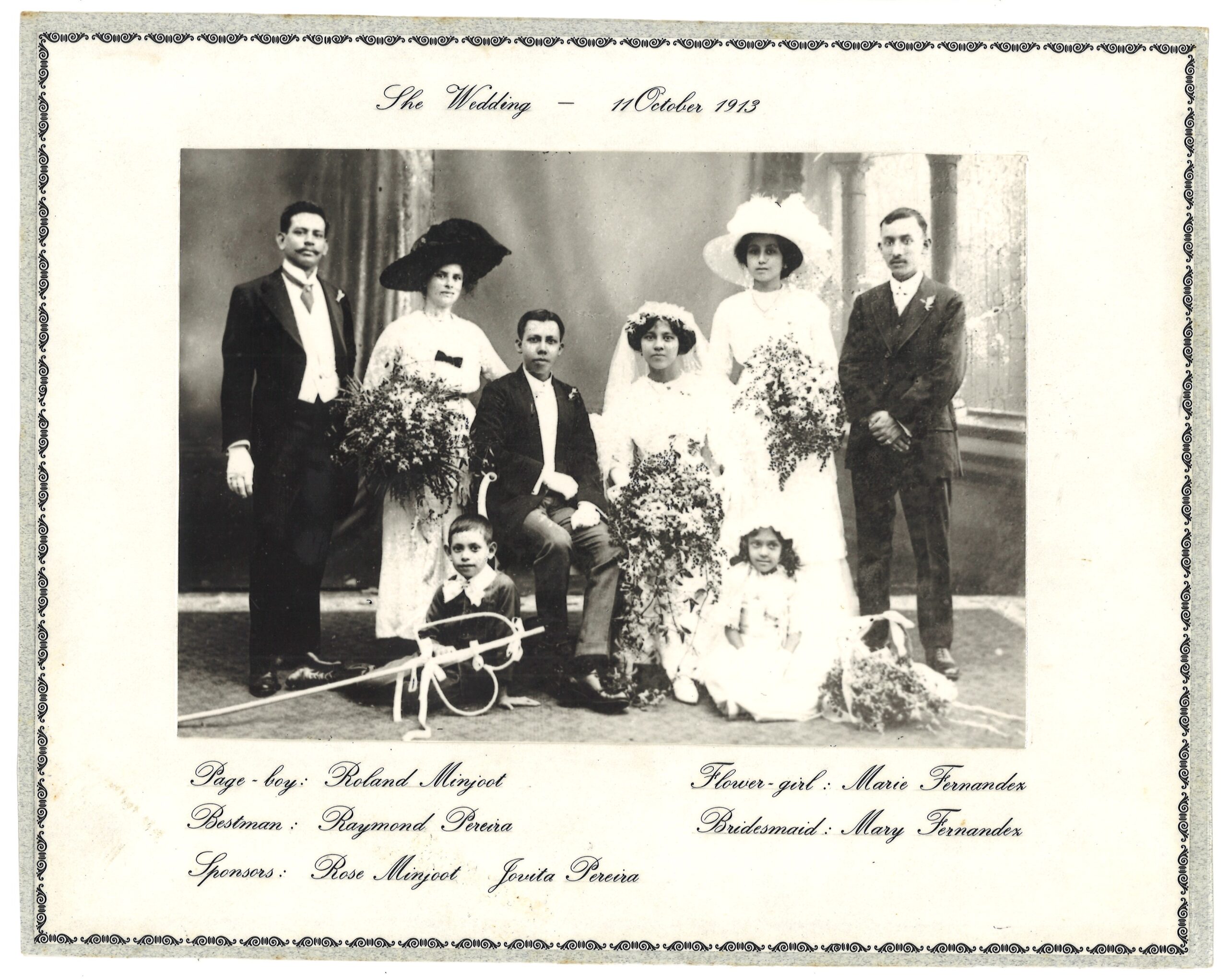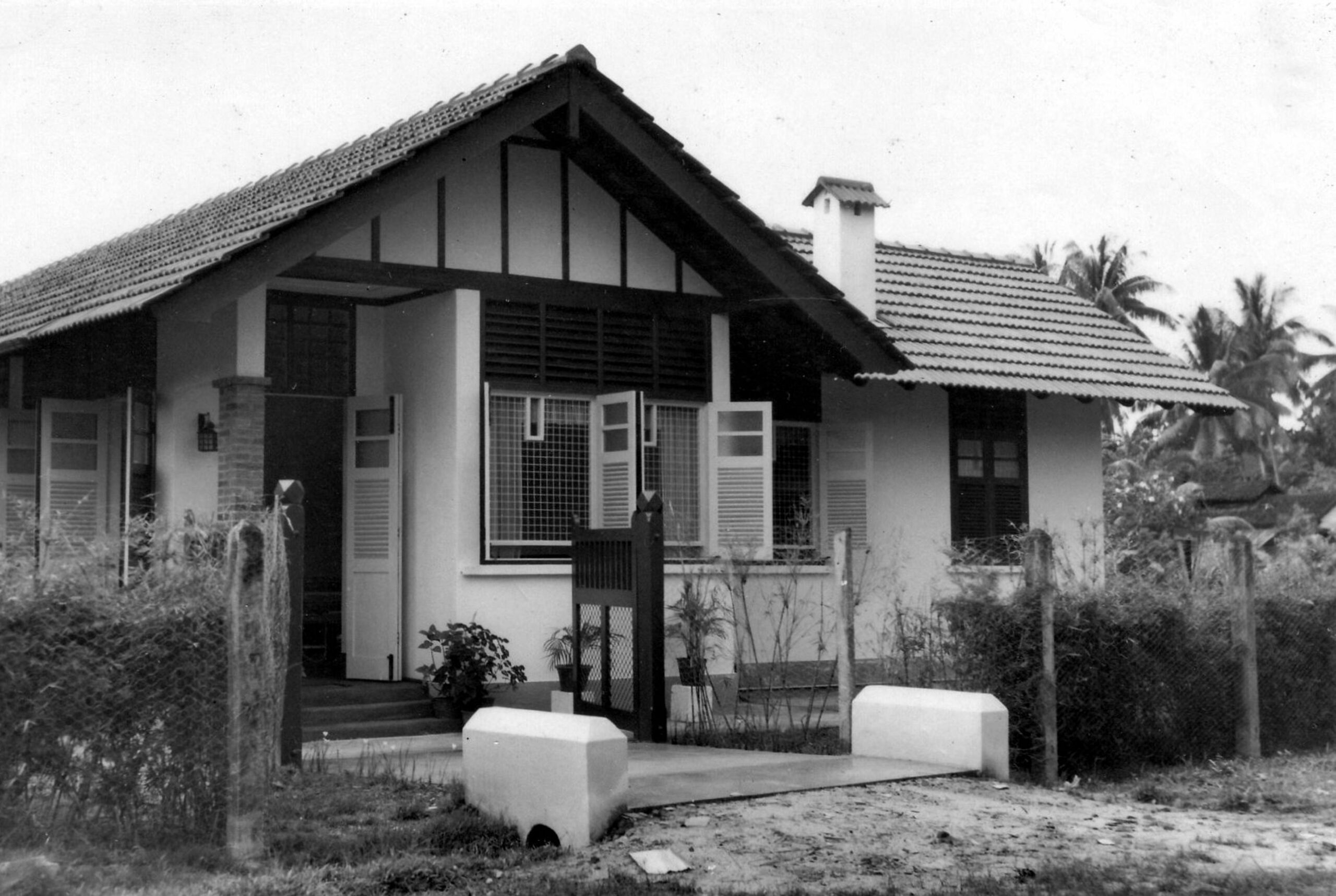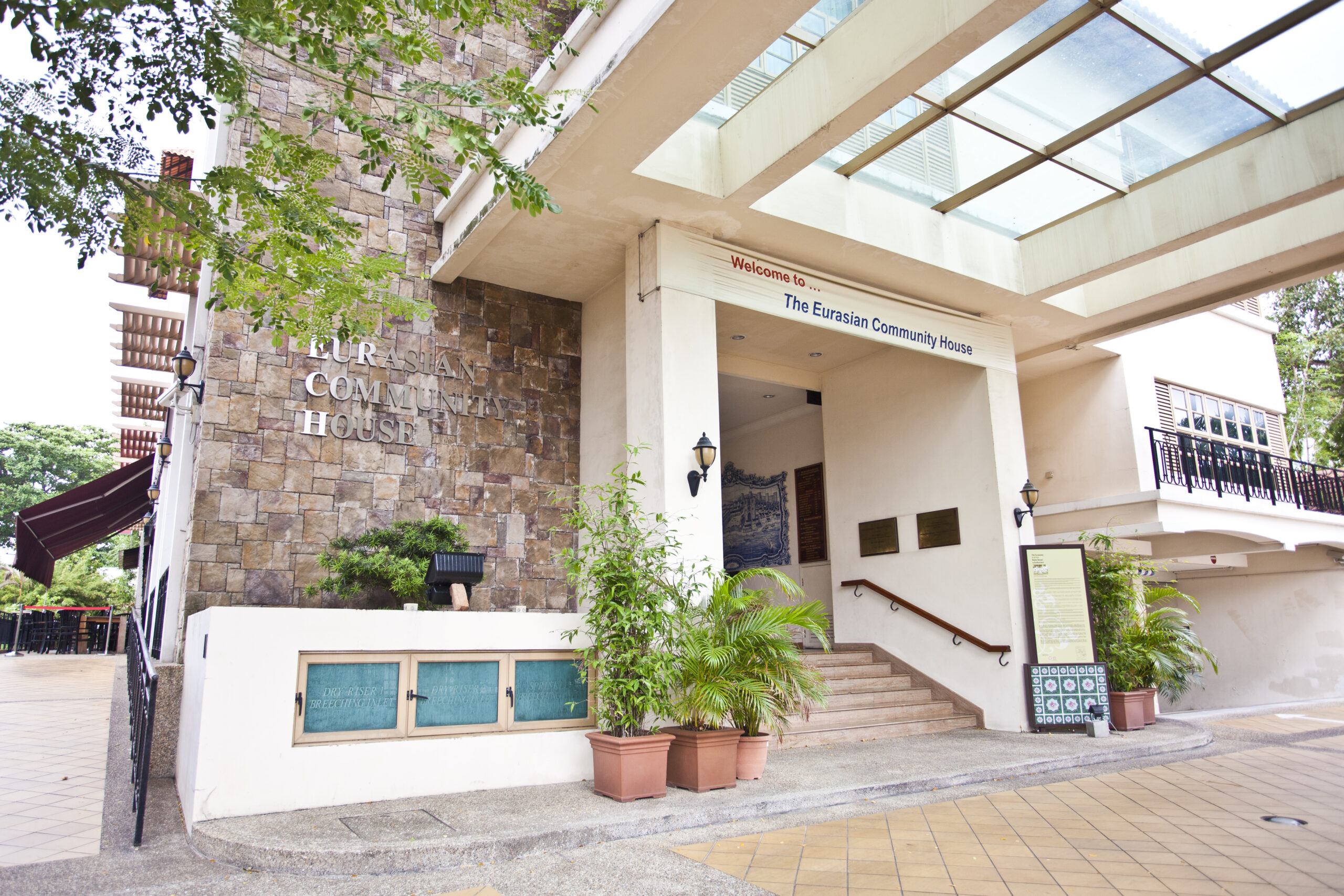When Captain Mark Moss first made his way from England to Singapore, his ship was attacked by pirates. A common but deadly traffic diversion for voyagers making their way east in 1838, Moss was injured, hung out to dry on his own rudder and would have perished if fellow British Captain Henry Keppel hadn’t crossed his path.
Seven generations later, Jaqueline Peeris, a descendent of Moss who is the culture and heritage manager at Singapore’s Eurasian Association, is on a voyage of her own to steer the spotlight toward Singapore’s smallest major ethnicity.
“We need everyone to be their own ambassador, to take every opportunity to share their Eurasian culture,” she told the Globe.
Eurasians make up around 0.5% of Singapore’s population. Yet even though they are a tiny proportion of an already small populace, the community has had a huge impact on the Red Dot’s culture and history and is fighting for greater recognition from the government and fellow Singaporeans as one of the country’s main ethnicities.

Defined as any person of mixed Asian and European descent, Eurasians were among the earliest residents of Singapore. Many were offspring of European traders and seafarers who, like Moss, married into the local community.
The first Eurasian couple in the region, according to the association, was a Portuguese man and Malay woman in Malacca in the early 1500s. Following the conquest of the Malacca Sultanate in 1511, the straits around the area became a bustling hub of maritime trade and a network of colonial forts, ports and settlements. Portuguese businessmen were encouraged to intermarry and were given incentives such as land to establish roots.
But according to Peeris, “it was not all peachy stories.” Many of the traders had wives and families back home. She described them taking their local partners “sometimes amicably, sometimes forcefully.”
Their early arrival gave the Portuguese a first mover advantage in defining the foundations of Southeast Asian Eurasian culture. Within a few generations, local networks were formed around a shared Roman Catholic religion, while the new language of Kristang, combining Portuguese pronunciation and lexicon with Malay grammar, had spread from Malacca across the Portuguese trading settlements.
Peeris and her fellow Eurasians now use these Portuguese foundations to strengthen their contemporary image. The association takes part in an annual, well-established celebration of Singapore heritage, the Chingay Parade, where they showcase Jinkli Nona, a Portuguese Malaccan folk song.
Although Mandarin, Tamil and Malay remain the languages of Singapore’s other main ethnicities, Singaporean Kristang has evolved from its Malaccan 16th century roots into its own dialect, and a unique marker of Singaporean Eurasian identity.
While its use has died down to fewer than 100 estimated speakers and it is left off the national curriculum, there have been grassroots efforts to preserve the language through informal classes and courses.
In a nation where local food has achieved UNESCO cultural heritage status, another important way for Eurasians to make their mark is by giving fellow Singaporeans a literal taste of their heritage.
Their dishes blend the recipes that travelled over with the first Western settlers and the spices and ingredients they found in their new Asian home. Popular offerings include Shepherd’s Pie with soy sauce and Chinese mushrooms, along with the Christmas favourite, “Devil’s Curry” or Kari Debal, a Portuguese meat stew infused with local chilli, candlenuts and lemongrass. Eurasian chefs like Quentin Pereira and Singapore Masterchef judge Damien D’Silva have made their names on the Singaporean food scene by sharing their Eurasian family dishes.
Eurasian Association Heritage Chairperson Percival Shepherdson remembers being asked to judge a Kari Debal competition a few years ago.
“The best thing was that there weren’t just members of the Eurasian community who were taking part,” he said. “There were some really good entries from all over Singapore.”
The appetites of today’s Eurasians do not focus solely on their home dishes, they also have a hunger for their heritage. Shepherdson and Peeris agree that many Eurasians have a desire to track down both sides of their family trees.
Shepherdson’s quest took him on a group voyage to the north of England, a trip that bonded the family and sparked a novel on their search for their history, co-published with his nephew Kevin.
“It’s important for Eurasians to trace their lineage as we are from mixed parentage,” he told the Globe. “Knowing my roots gives me a sense of pride and belonging.”
But for many Eurasians, remembering the past means recalling a time when they or their families felt overlooked, unfamiliar or unwelcome. John Brian Fernandez, a Eurasian who grew up in Singapore and is an active member of the Eurasian Catholic community, remembers dating as a young Eurasian in the ‘70s.
“Her parents and family found out about our relationship [and] protested vehemently,” Fernandez said. “They stated I was not their race and they did not want their daughter to be influenced by [our] Catholic teachings and values.”
It’s important for Eurasians to trace their lineage as we are from mixed parentage. Knowing my roots gives me a sense of pride and belonging
Peeris remembers constant cases of mistaken identity during her childhood. Her mother is Eurasian and her father is Indian.
“When I grew up people thought I was Malay,” she recalled. “And then later on, when there were more Filipinos coming to Singapore to work, then people thought I was Filipino.”
She took this as an opportunity to teach others about her heritage and raise awareness of Eurasian culture. Now she wants to keep the knowledge flowing through generations. The association’s art and heritage platform, the Eurasian Heritage Gallery, has developed a Eurasian Cultural Kit as part of its Schools Outreach Programme to help children learn about their culture through hands on activities.
The next step is gaining government recognition. Singapore’s CMIO (Chinese, Indian, Malay, Other) ethnic categorisation marks its 100th anniversary this year. The system was set up in colonial times to manage the disparate migrant populations that included residents from China, the Indian subcontinent and the Malay archipelago. More telling is who it doesn’t include. Despite their longstanding history in the region, Eurasians are classed as “other.”
“It’s tough being a mixture,” Peeris admitted. “[They’ll say] you’re this or this or this. People don’t understand.”
A key to making people understand is formal acknowledgement of Eurasians as a race, she believes.
“We are communicating with government ministers, hoping to get Eurasians included as one of the main ethnicities of Singapore,” she said. “That is one of our main aims.”

Government recognition alone is not enough. The experience of today’s generations of Eurasians differ vastly from their forefathers. As more second-generation Eurasians are intermarrying within the three ‘main’ races of Singapore, being Eurasian is less about ethnicity, or formal classification, and more about defining your own identity. Shepherdson points to the small but significant number of Eurasian women choosing to keep their maiden names after marriage.
Eurasian identity is also about a sense of community. From its early days as a social club, the Eurasian Association has evolved into what Peeris describes as a “self-help group.” This support network hosts social events and a Eurasian restaurant while also providing welfare and education support to low-income and vulnerable families.

Peeris believes this sense of community is the most important definer of being Eurasian in Singapore. And she views the group’s dwindling population, not as an obstacle, but as a badge of honour: “The message we spread is, ‘Sure, we might be small in numbers. But even so, you did this much. You did so much.’”


